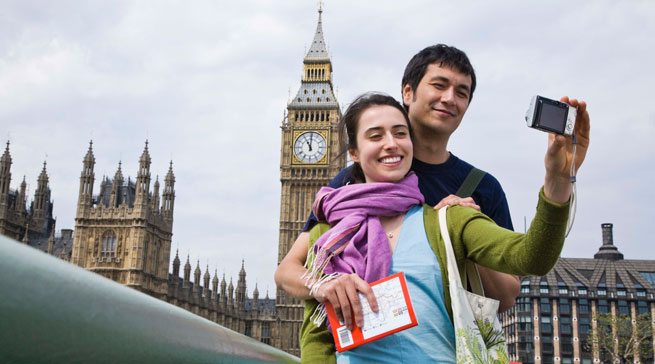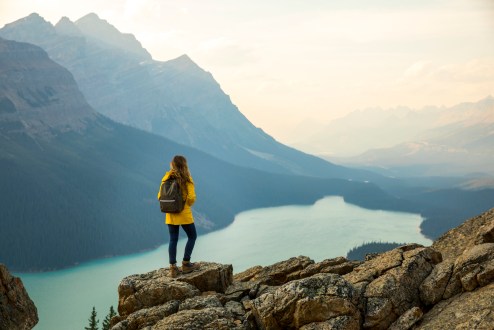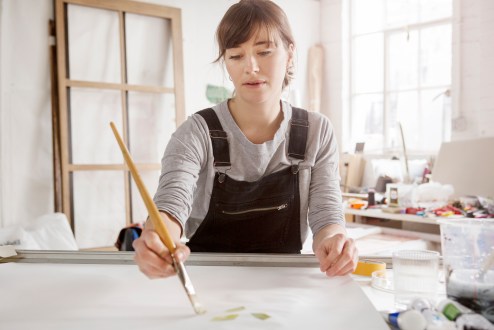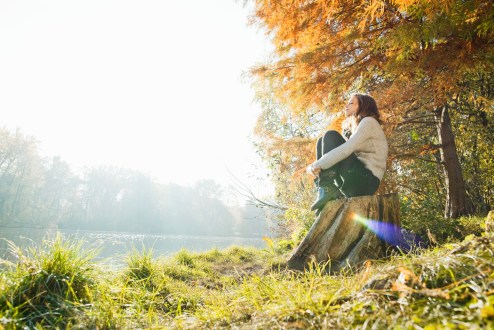How to travel by Roman Krznaric
Might there be more original and adventurous ways of taking a holiday?

Why is it that the modern idea of travel is so often about seeing all the standard sites in the tourist guides? Why do we so readily queue up at galleries and museums to catch a glimpse of famous paintings even if we secretly – let's admit the truth – find all that art a bit boring? The reason, of course, is that this is what it is to be a tourist and 'do' a city.
But it is worth exploring exactly why this is such a common mode of travel, and whether there might be more original and adventurous ways of taking a holiday. Could we discover approaches to travel that do more to inspire our lives and take them in new directions?
Here are four ideas.
1 Visit the real monuments I believe that the real monuments are people. We need to become detectives of other cultures' lifestyles, and see what we can learn for our own. That's the approach I took on a recent trip to Sicily. Instead of booking into a tourist hotel, I used a homestay website and found a friendly family to stay with in Palermo. My hostess – who spoke good English – gave me Sicilian cooking lessons. Each morning we headed to the bustling street market and bought fresh fish and vegetables, then cooked up a feast for the family, eating it together accompanied by lively conversation in the evening. I think we should beware spending so many of our days visiting old stone monuments, and instead make an effort to immerse ourselves in the locals' lives.
2 Make a personal pilgrimage I ventured into the hills, retracing the route taken by one of my literary heroes, Goethe, when he travelled through Sicily in 1787. I climbed the mountains he climbed, visited rural hamlets off the tourist trail, and even replicated his meals, eating macaroni cheese as he did, overlooking the sparkling sea from the medieval town of Agrigento. It's worth remembering that pilgrims were amongst the earliest travellers in history. We should borrow this idea of pilgrimage and adapt it for the modern age. This year, why not make a personal pilgrimage, heading for somewhere that resonates with meaning in your life. If a literary pilgrimage doesn't do it for you, perhaps visit the village where your grandmother was born – see the streets she played in as a child, and knock on the door of the house where she lived.
3 Holiday on your doorstep We don't need to leave our own towns to travel any more, since globalisation and immigration have brought the world's cultures to our own doorsteps. Mayhew would advise us to walk out of the house and have a conversation with our neighbours from different nations and communities – perhaps the couple who have just moved in next door, or the woman who delivers our post. Cultivating curiosity about strangers is the great travel adventure of our time. You simply need the courage to get beyond superficial talk and discuss what really matters to you – religion, politics, relationships, parenting. And it's a good way of travelling in the age of climate change, since you won't need to take a high-carbon plane flight.
4 Try sensory travel Tourism has become an excessively visual experience – we see the sights, snap photos and enjoy the view. But we should draw on the whole range of our senses for a deeper travel experience. put the map away and allow yourself to get lost when visiting a new city. I once wandered the streets of Seville lured by the heady, sweet smell of jasmine, which took me into the beautiful gardens of an abandoned monastery where children were playing amongst the decaying stonework. Allow your senses be a compass, creating a tourist trail that cannot be found in any guidebook. Let us collect life experiences that change who we are, and who we want to be. By doing so, we will be honouring the vision of Thomas Cook, founder of the package holiday in the nineteenth century, who declared: 'To travel is to dispel the mists of fable and clear the mind of prejudice, and facilitate perfectness of seeing eye to eye.'








